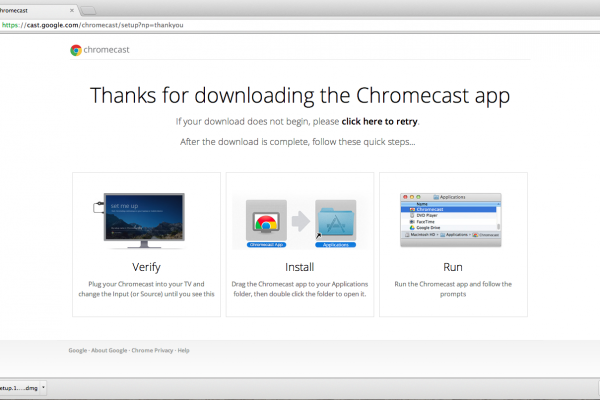App development has come leaps and bounds with mobile phone technology giving us exciting new features to play with and improve our apps each year. Because of this, we’re always looking for ways to streamline the app development process and reach as many users as possible. Using the right platform for developing apps can improve this significantly, but how do we do that?
Many developers are familiar with cross-platform development to improve their app’s reach, especially in this day and age, where smartphones are so varied. With cross-platform development, we can write code once and use it on multiple platforms – imagine being able to create an app for iOS, Android, and Windows with just one codebase. It’s a game-changer in terms of efficiency.
Table of Contents
Cross-Platform Frameworks
There are several popular cross-platform frameworks to choose from, like React Native, Xamarin, and Flutter. React Native is based on Facebook’s React library and uses JavaScript, making it an excellent choice for those familiar with React. Xamarin is based on Microsoft’s .NET platform and uses C#, offering a vast library of pre-built components and tools for easy app development. And let’s not forget about Flutter, a newer framework that’s becoming more popular. It uses Google’s Dart programming language and offers a ton of customization options through its widget library, plus it’s fast – changes made to the code are reflected in real-time in the app.
Benefits of Cross-Platform Development
So, what are the benefits of cross-platform development? For starters, cost savings. We can save time and resources by having just one codebase, making it easier for small companies and startups to enter the mobile app market with a limited budget. And then there’s the wider audience reach – by creating apps that can run on multiple platforms, we have the potential to reach users on different devices, increasing our chances of success.
Another advantage is the consistent user experience. With just one codebase, we can ensure that our app functions the same way across all platforms, giving users a familiar experience no matter their device.
Disadvantages of Cross-Platform Development
Every technology has its drawbacks, and cross-platform mobile development is no exception. One of the most significant disadvantages is the limitations of the frameworks. While they make it easier to create apps, they may not have all the functionalities that a native app would have. For example, creating complex animations and custom user interfaces may be challenging with a cross-platform framework.
Finally, there may be compatibility issues between platforms. Even though we write the code once, there may be minor differences between platforms that cause the app to behave differently on each one. Debugging these issues can be time-consuming and challenging for developers that would rather.
All in all, cross-platform mobile development is a smart solution for app developers. It allows us to create apps for multiple platforms with just one codebase, saving us time and resources. And with the continued rise of smartphones and demand for mobile apps, cross-platform mobile development is becoming an increasingly popular approach.





